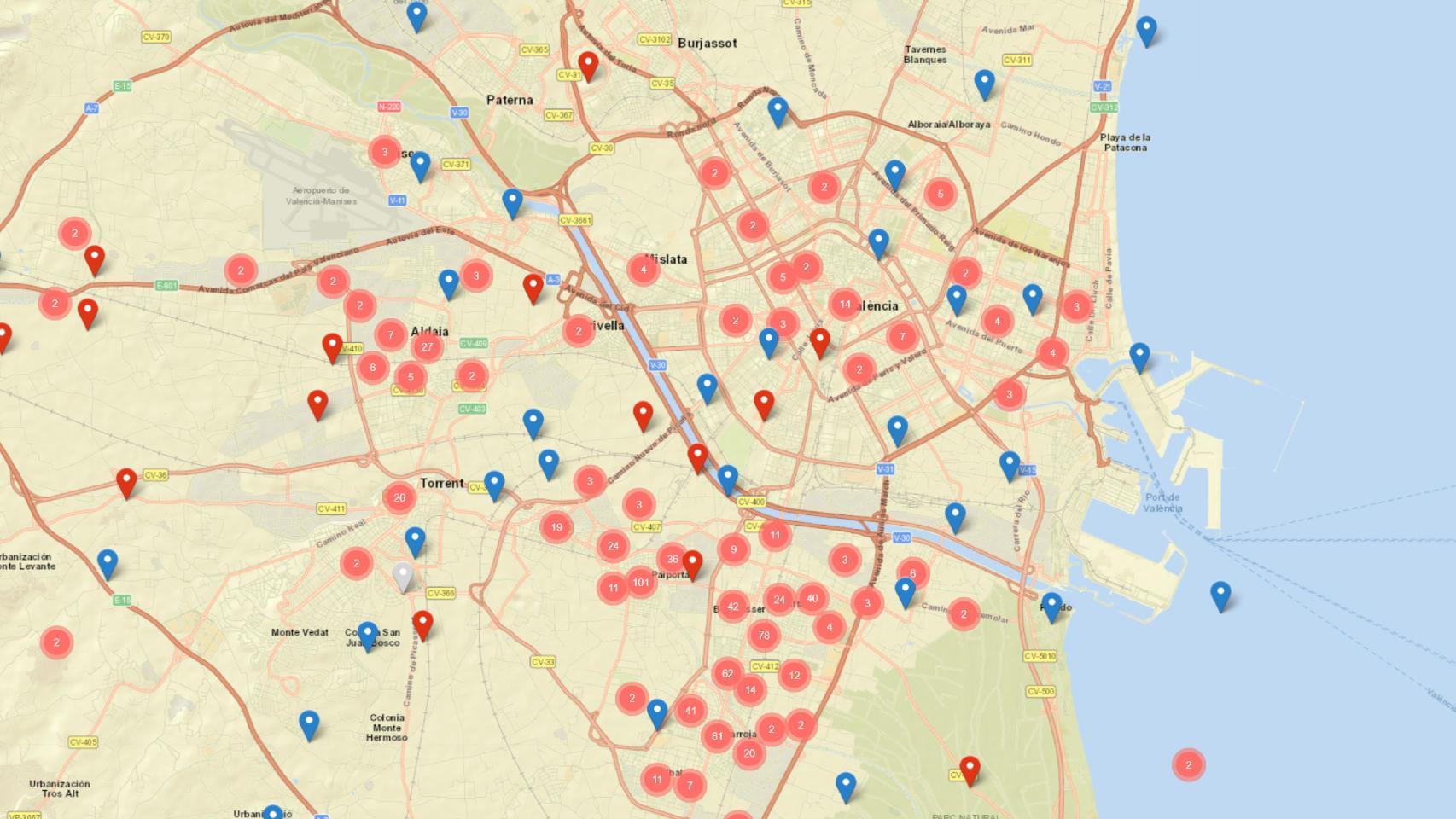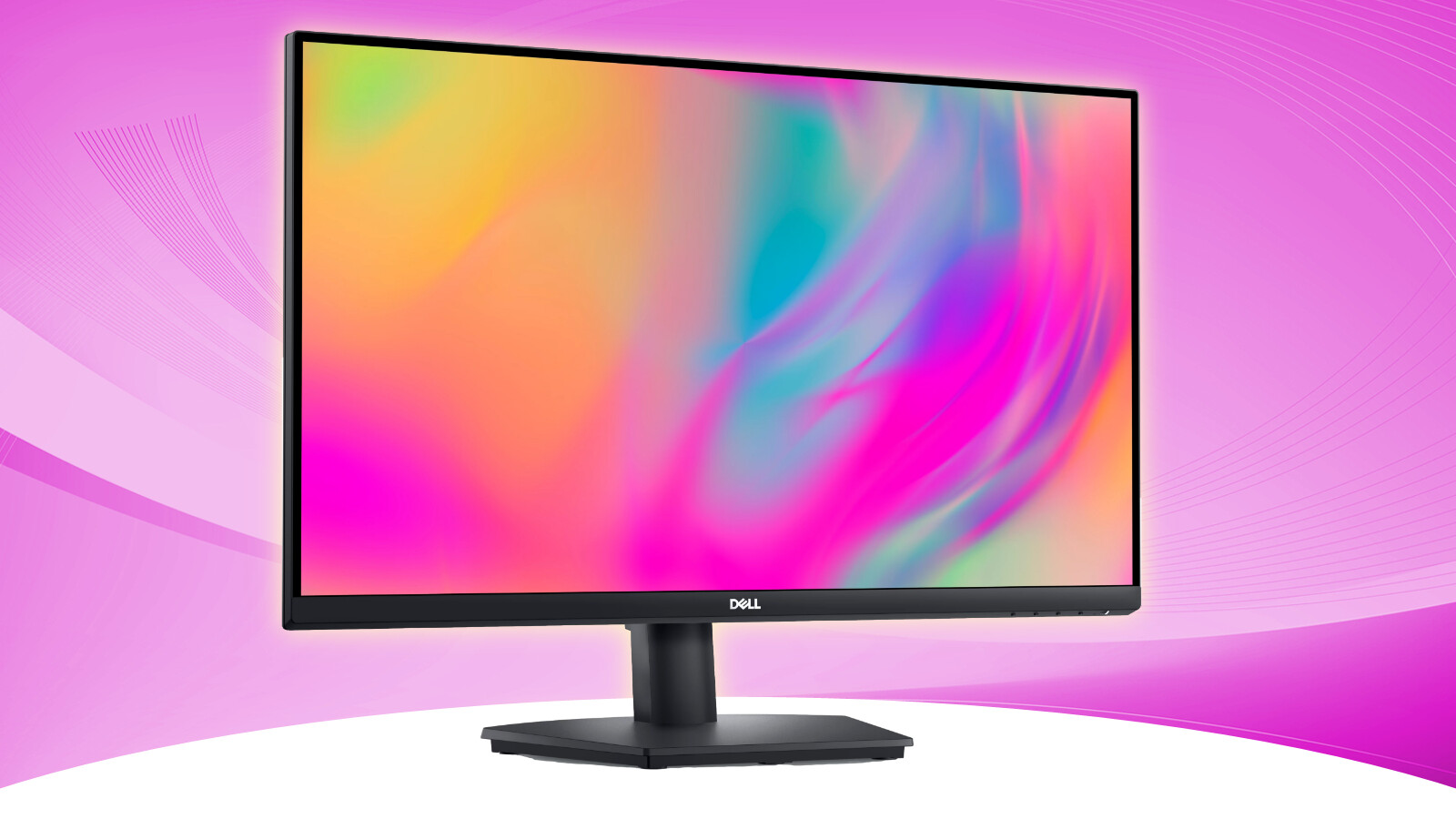The new version of Xiaomi’s personalization layer has arrived. MIUI 14 follows refine a formula that we were able to test to find out how far it goes and what improvements it brings.
After two not so successful releases, MIUI 12 and MIUI 13, it was time for Xiaomi to get up to speed. optimize a heavily loaded system and that it dragged a certain ballast, in addition to updating to the new times and continuing to maintain this characteristic design. We invite you to stay and browse with us the most anticipated MIUI update in recent years.
MIUI 14 reaches a good level of optimization

The first thing that stands out from MIUI 14 is its optimization. While in MIUI 13 we perceived a sometimes heavy system, MIUI 14 feels light like a feather
All the transitions seem smoothwithout the appearance of celebrities shifts or jerks in the interface. We have some nice moves when switching between apps, opening new ones and even uninstalling them.
That the phone it was tested on is a mighty helper, and that’s that a LITTLE with Dimensity 8100 doesn’t put a stra in on the new version of the Chinese manufacturer’s own flavor of Android. We will have to wait for the models with more modest specs
The truth is that the phone works better and we notice a lighter RAM usage. Now, with the main applications open (social networks, a browser, and a few basic applications such as contacts or the weather) RAM consumption remains at 1.60 GB, a remarkable figure and nothing crazy.
The weight reduction is also noticeable in what occupies the system. As we can see, after installing the apps I use the most and uninstalling the ones I didn’t need, here is the amount of available storage that we have left, at least in this terminal.

MIUI 14 responds naturally to touch, giving a sense of consistency in everything he does. Menu navigation is quick and unhindered. In the same way, the applications are opened or we change the home screen.
A more refined design
Regarding the design, MIUI 14 does not bring radical change in the way Xiaomi understands Android, but rather involves a series of redesigns in certain parts that give it more seriousness while improving consistency between system applications and its own appearance.
Animated icons are still here, now with new animations that happen when you close apps. It must be said that both at 90 and at 144 Hz the interface is very successful: it is very pleasant to use the phone if it is accompanied by a beautiful appearance, which is made by MIUI 14 like no one else does.

The ace default apps now they are more responsive and have a neater design. The navigation in them uses upper categories between which we will move with side slides.
As a criticism, we can say that some applications included by default do not enter system d ark mode
MIUI 14 fails to unify the design of pre-installed apps
Another negative point is precisely the way in which we navigate the user interface in some Xiaomi applications, while these categories are written texts, in other applications we see icons that indicate these categories. This is a minor point, but it is not without attention that They did not decide to unify the whole design.
On the other hand, the recent apps screen It remains intact, with this view in the form of a vertical list in which we see two applications per line. The gallery and other things like the file manager don’t change too much either.
Same bloatware, more freedom

An aspect to highlight is the possibility of uninstalling native applications, without root no frills. Just go to Settings > Apps > Manage Apps to remove some default apps if we don’t need it. As always, it is not possible to delete them all, only those that Xiaomi has decided are not important.
This promise included other aspects such as less bloatware and less advertising. And on that we can say that they stayed halfway. Although we don’t see any trace of advertising anywhere, the case of bloatware is different.

As for the level of it, the promise stayed in there, just a promise. We just updated, we receive many applications that we did not choose to install like TikTok, Agoda, AliExpress, Snapchat, Amazon, all Google apps and some games.
Fortunately, from the settings we can uninstall them all but it is not welcome that an average user has to swallow all these applications that reduce the internal memory of the mobile. In my case, up to 2.3 GB was occupied by these pre-installed apps.
In POCO, the launcher spoils part of the experience

Although POCO mobiles use the Xiaomi ecosystem, they include a custom launcher that provides MIUI with a quirky app drawerin addition to bringing it closer to Western audiences.
However, rather than being an interesting addition, we find the opposite: the POCO launcher fine-tuning the MIUI 14 experienceit’s fluid and categorizes apps very well, but it creates an odd mix between system design and said launcher.
POCO wants to differentiate itself from Xiaomi and Redmi and it does so through its launcher. However, should be reviewed to achieve a better adaptation to the system. In addition, we detected some visual errors, for example, when closing an application, the icon took on a square shape which in the blink of an eye became round to respect the POCO design.
It’s time to assimilate the global version to China

Xiaomi’s usual policy is to launch two versions of your system, a native launching in China and a global for the rest of the world. The differences are obvious and natural, but a bigger change is missing in the latter.
We understand that some new features are exclusive to users in their home country and that Google requires manufacturers to add certain apps and certifications, but it is not acceptable that many new MIUI 14 features have been dropped.
We don’t have the virtual pets, nor do we have the wide variety of native widgets, some of the included apps differ from their Chinese counterparts, and even the volume panel (the one we opened by touching the one of the volume buttons ) does not become transparent. and these are just some aspects that differ depending on the region of our phone.

We are missing some new features which are in the Chinese version. We were excited to have a cute cat on the home screen.
Our colleagues from Mundo Xiaomi also did an excellent analysis of MIUI 14, and they highlighted image recognition as a new function. We in a LITTLE X4 GT could not try this cool feature.
What’s up with all of this? Should Xiaomi do something? Honestly, we think so. If most of the news announced on your personalization layer is not present in a large part of the world, it makes no sense to update.
A more refined formula that has some problems

If we had to sum up MIUI 14 in a few words, it would be these. Xiaomi’s experience improve and achieve the promised performance. The system is more fluid than in previous versions, the bloatware has not disappeared but we have more freedom to uninstall applications and battery consumption is also more optimized.
However, not all was good and as we have seen had problems for years. He chino firmware He receives all the news while in the West we end up with the improvement of performance and nothing else. In addition, the POCO launcher hinders the experience that MIUI wanted to offer initially.
This is the improvement we needed, but it could have been perfect with some additional new features.
There is no doubt that this is the improvement we needed so our Xiaomi worked in the best way, but we are missing new features that should be suitable for audiences outside their country of origin. In short, we have the best version of MIUI to date which could have been perfect if it weren’t for the lack of features. We will see what will happen later with the arrival of MIUI 15.
Table of Contents










